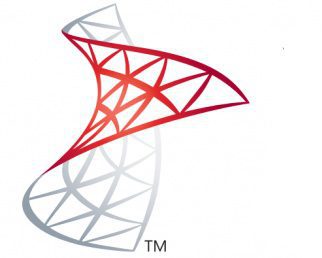A data communication system has 5 necessary components which are listed as below.
- Message
The message is the information (data) to be communicated. Popular forms of information include text, numbers, pictures, audio, and video. - Sender
The sender is the device that sends the data message. It can be a computer, workstation, telephone handset, video camera, and so on. - Receiver
The receiver is the device that receives the message. It can be a computer, workstation, telephone handset, television, and so on. - Transmission Medium
The transmission medium is the physical path by which a message travels from sender to receiver. Some examples of transmission media include twisted-pair wire, coaxial cable, fiberoptic cable, and radio waves. - Protocol
A protocol is a set of rules that governs data communications. It represents an agreement between the communicating devices. Without a protocol, two devices may be connected but not communicating.
Data Flow Directions
The direction of flow are of 3 types
- Simplex
- Unidirectional, One-way
- A sender can only send but not receive, and a receiver can only receive but not send
- Radio, Television broadcast are of simplex type
- Uses the entire capacity of the channel to send the data in one direction

- Half-Duplex
- Bi-directional, 2-way communication
- When one is sending, other can only receive or vice-versa
- Full capacity of channel is taken over by whichever of the xdevice is transm
- Full-Duplex
- Bi-directional, 2 way communication
- Able to send and receive data simultaneously
- Signals going in one direction share the capacity of the link with the signals going in the other directions
- Sharing can occur in 2 ways
- Either the link must have 2 physically separate transmission paths
- Or the capacity of the channel is divided between the signals traveling in both directions
- Common example: Telephone Network


